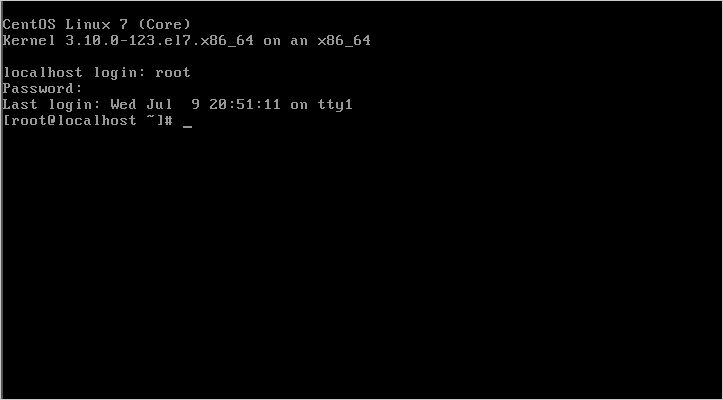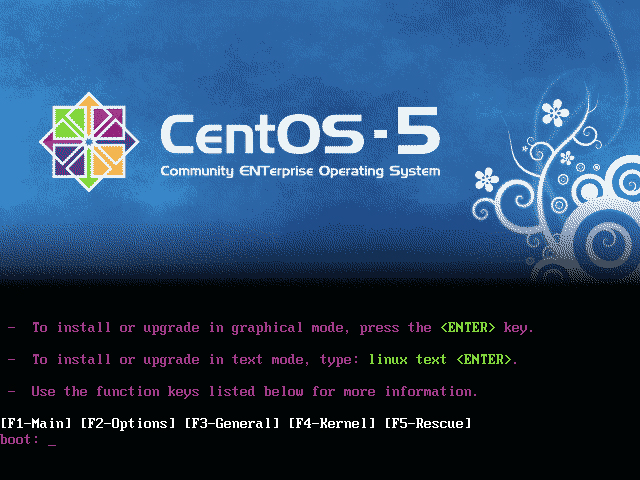

Loading mirror speeds from cached hostfile On a centos 7 system, the public gpg is already installed at /etc/pki/rpm-gpg/RPM-GPG-KEY-CentOS-7 Verify the tst]# yum install -y cloud-utils You should verify your download - as always against a trusted signing key. The OpenStack documentation also describes how you can create your own base images in the OpenStack Virtual Machine Image Guide Use a centos cloud image with libvirtd Download the cloud image Downloadĭownload the latest “GenericCloud” centos 7 cloud image and sha256sum.txt from: You can find the complete list on the OpenStack website Most GNU/Linux distributions provide images that can be used to provision a new system. It has become the de facto installation configuration tool for most Unix like systems on most cloud environments.Ĭloud-init uses a YAML file to configure the system. Cloud-init was originally developed for Ubuntu GNU/Linux on the Amazon EC2 cloud. The system automation is generally done by cloud-init. In a cloud environment, we use images to install systems.

In a traditional environment, this can be automated by booting via BOOTP/PXE boot and configured is by a system that “feeds” the installer. This soon becomes a borning and unpractical task when we need to set up a lot of systems also it is important that systems are configured in same - and hopefully correct - way. The configuration is executed by the system administrator through the installer.

In a traditional environment, systems are installed from a CDROM. Images versus unattended setup Old-school Unattended setup Howto use centos cloud images with cloud-init on KVM/libvirtd


 0 kommentar(er)
0 kommentar(er)
